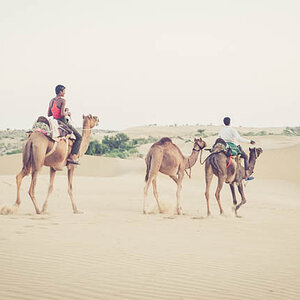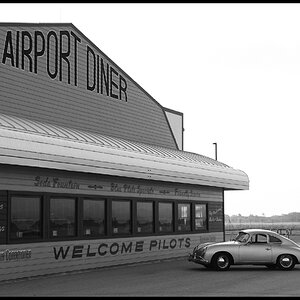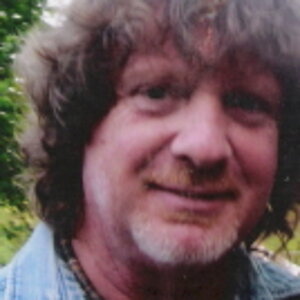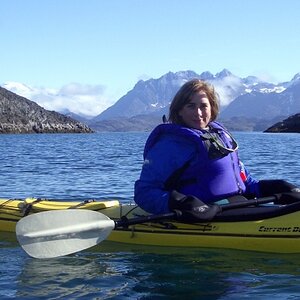Ady
TPF Noob!
- Joined
- Nov 25, 2009
- Messages
- 235
- Reaction score
- 1
- Location
- Lancashire,UK
- Can others edit my Photos
- Photos NOT OK to edit
Camera: Nikon D5000 set to single point focus at fast shutter speed (1/500th ish).
Subject: Usually runners or cyclists so moving targets.
The Nikon viewing software shows a red box that indicates the point of focus but in quite a few cases the point of focus has been out (even though the red box is on my intended target) and the focus point is actually a few feet behind.
I am trying to learn some lessons here and need to understand what is going on so is it likely to be:
A - The software is not 100% accurate and I actually missed the subject in the 1st place?
B - I need to use a different method of focus
C - The camera is subject to shifts in focus even though the target square is aimed true
D - Something else.............
Any help greatly appreciated.
Subject: Usually runners or cyclists so moving targets.
The Nikon viewing software shows a red box that indicates the point of focus but in quite a few cases the point of focus has been out (even though the red box is on my intended target) and the focus point is actually a few feet behind.
I am trying to learn some lessons here and need to understand what is going on so is it likely to be:
A - The software is not 100% accurate and I actually missed the subject in the 1st place?
B - I need to use a different method of focus
C - The camera is subject to shifts in focus even though the target square is aimed true
D - Something else.............
Any help greatly appreciated.





![[No title]](/data/xfmg/thumbnail/35/35963-4809c92024a0e6355dd194caf9297701.jpg?1619737279)



![[No title]](/data/xfmg/thumbnail/37/37603-739c5d9b541a083a12f2f30e45ca2b7b.jpg?1619738147)



